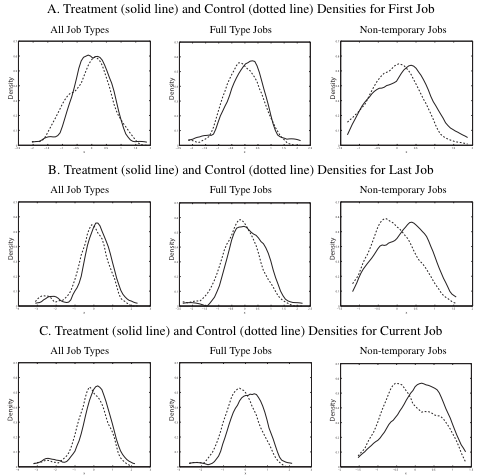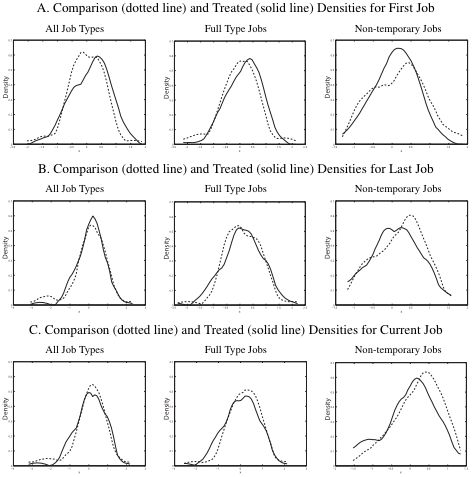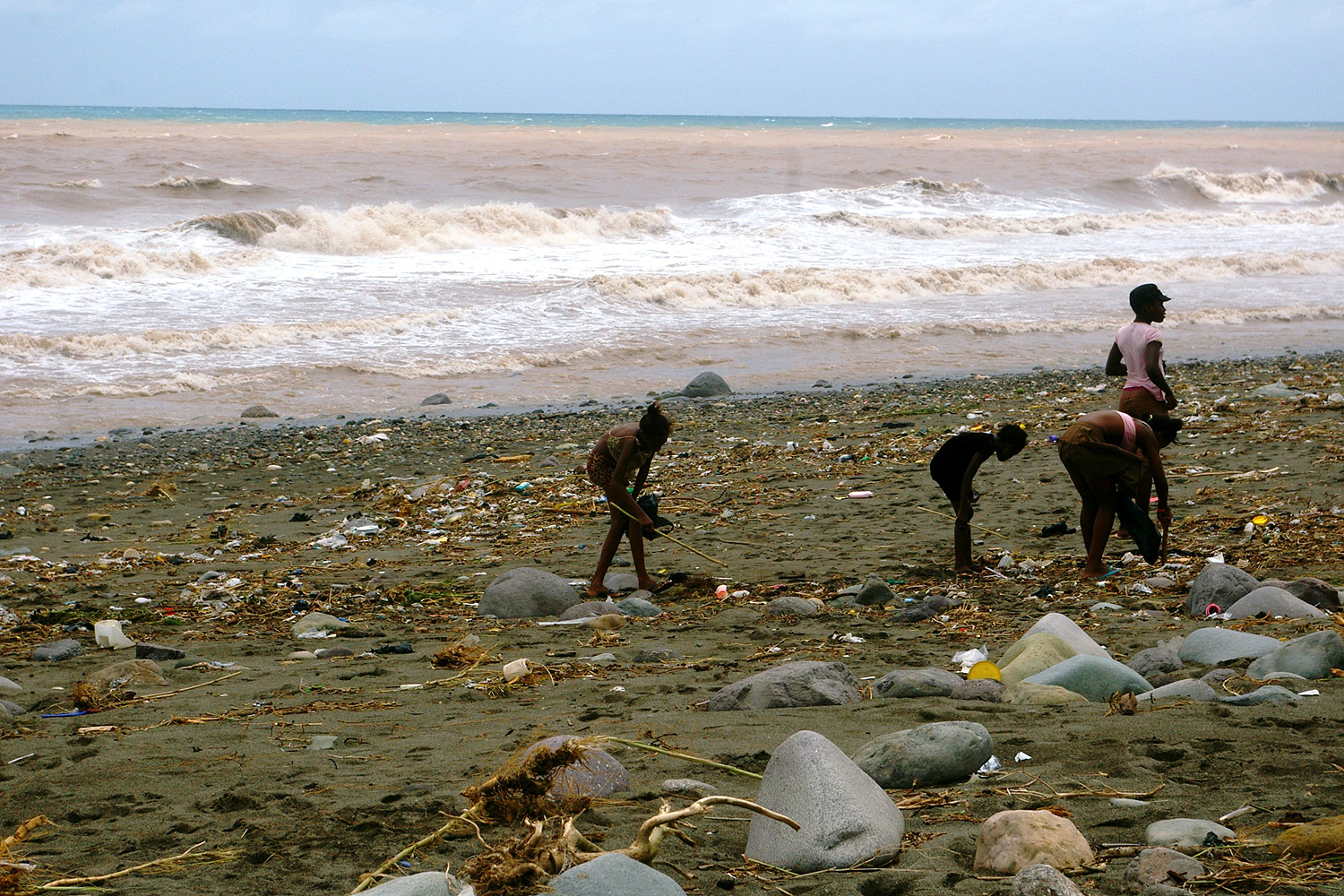One of my favorite things to do as a new father is watch my daughter, now 16 months old, watch people. I came into parenthood interested in early childhood education, and that interest has only increased, and not entirely for practical reasons—observing how she observes is intensely powerful. That infant gaze is as close as I can come to understanding the immensity of what she's processing and how much of her existence is being formed. As my friend Nicholas Day wrote in Baby Meets World:
An anticipatory smile doesn't reflect a desire to share just any experience. It reflects a desire to share a positive experience…And somewhat amazingly, a baby's level of level of anticipatory smiling—her interest in sharing positive experiences—seems to predict future social behavior: levels of anticipatory smiling at nine months of age successfully predict social expressivity and confidence—basically, the ability and inclination to engage with other people—at thirty months, almost two years later…"Kids who want to share positive things about the world are perceived as more socially competent—not getting into tussles, playing well with others," Messinger says.
This interest led me to the work of James Heckman, the Nobel-winning economist who's one of the most prominent advocates for investment in early-childhood education. I've talked with him before; but today I came across a paper by Heckman (and a host of other academics, including Berkeley's Paul Gertler and Heckman's University of Chicago colleagues Rodrigo Pinto and Ariana Zanolini) that adds an interesting twist to his body of work.
Like his previous work on the Perry Preschool and the Abecedarian project, it's about an intensive, small-scale early-childhood programs that took place in the past. But this one took place in a developing country—in Kingston, Jamaica. And it dealt with extremely young and extremely poor children, from nine to 24 months who were "growth-retarded": stunted from malnutrition.
Heckman and his colleagues found that these extremely disadvantaged children, developmentally behind their peers just a handful of months into their life, saw immense benefits decades after the program.
Which was intensive, but not that intensive. From the NBER version of the paper:
The stimulation intervention (comprising groups 1 and 3) consisted of two years of weekly one-hour play sessions at home with trained community health aides. Mothers were encouraged to converse with their children, to label things and actions in their environments and to play educational games with their children. Particular emphasis was placed on language development, the use of praise, and on improving the self-esteem of both the child and of the mother. At age 24 months, the curriculum was enriched to include concepts such as size, shape, position, quantity, color, etc….
The focus of the weekly play sessions was on improving the quality of the interaction between mother and child. Mothers were encouraged to continue practicing the activities and games learned during the visits on a continuing basis beyond the home visitation time. At every visit, homemade toys were brought to the home and left for the mother and child to use until the next visit when they were replaced with new ones. The intervention was innovative both for its focus on activities to promote cognitive and language development and for its emphasis on direct mother-child interactions.
So, nothing fancy: talking, playing, explaining the world. Obvious-seeming, perhaps, but the kind of thing I occasionally have to remind myself to do when my attention is flagging from the exhaustion of merely keeping a kid fed, diapered, and not falling into and off of things.
The aides received 16 weeks of training, half in nutrition and health care, the other half in development, teaching, and "toy making." One can learn a lot in 16 weeks, but it's about the length of a semester class.
Compared to the control group, the authors report in the version published in Science earlier this year, the kids that received intervention early on earned 25 percent more—even though there was no evidence that the improved "quality of parental interaction" persisted at ages seven and 11. The treatment group stayed in school longer; was much more likely to be in school full-time; and was more likely to migrate, suggesting pursuit of better opportunities.
Here's what the earnings look like in the numbers. The kids who went through the intervention were more likely to earn more at their first, last, and current jobs:

The authors also compared the treatment-group kids to a comparison group of non-stunted children—a "catch-up" group. And they found that the treatment group had, essentially, caught up.

Or: "the differences in log earnings between the nonstunted group and the stunted treatment group are not statistically significant and average around zero." It's a significant result: even after physical, material deprivation during a significant time of life, a relatively simple and straightforward education-based intervention can correct for that.
It is a small sample size (which the authors control for with statistical tests)—but, historically, that's the nature of intensive, high-quality early-childhood programs. As those small-scale samples pile up, however, larger-scale interventions become more likely.



